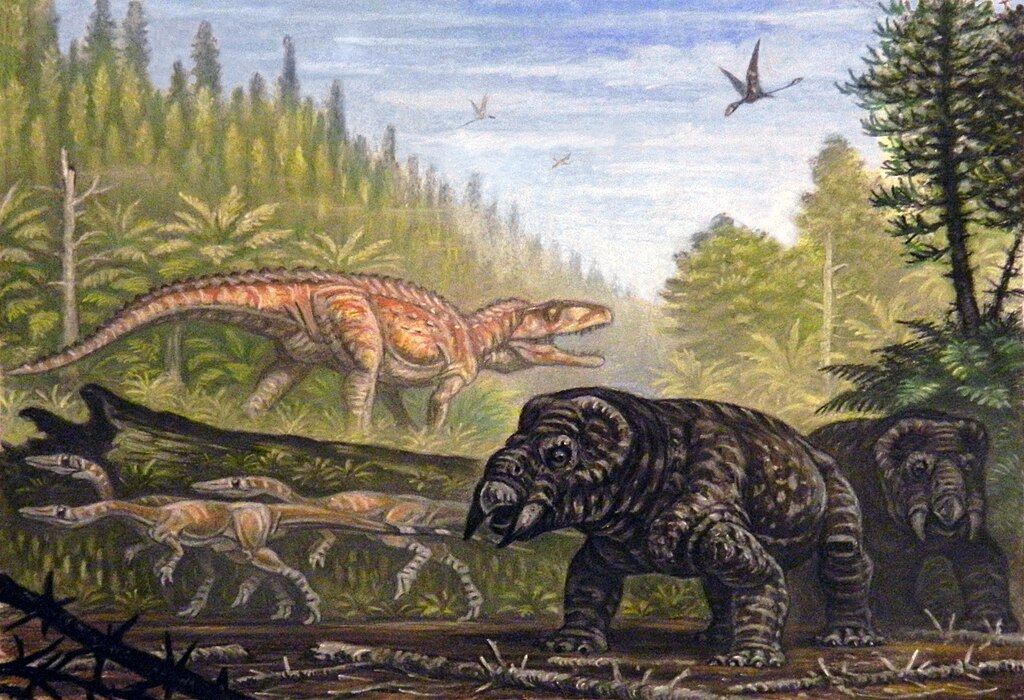Picture this: the Earth has just survived the most catastrophic extinction event in its history. Ninety-six percent of marine species are gone. Entire ecosystems lie in ruins. Yet from this devastation, a group of humble archosaurs would rise to become the most successful land vertebrates our planet has ever known. This is the remarkable story of how dinosaurs didn’t just survive the Triassic period—they conquered it against impossible odds.
The Great Dying Sets the Stage
The Permian-Triassic extinction event, aptly nicknamed “The Great Dying,” wiped out approximately 96% of marine species and 70% of terrestrial vertebrates around 252 million years ago. Massive volcanic eruptions in what is now Siberia pumped toxic gases into the atmosphere, creating a hellish landscape of acid rain and extreme temperatures. Ocean chemistry changed dramatically, turning seas into acidic death traps.
But this apocalyptic scenario created something unexpected: opportunity. With dominant predators like gorgonopsids eliminated and ecological niches suddenly vacant, the stage was set for evolutionary innovation. The survivors faced a world where the old rules no longer applied, and adaptability became the ultimate currency for success.
Archosaur Ancestors Emerge from the Shadows
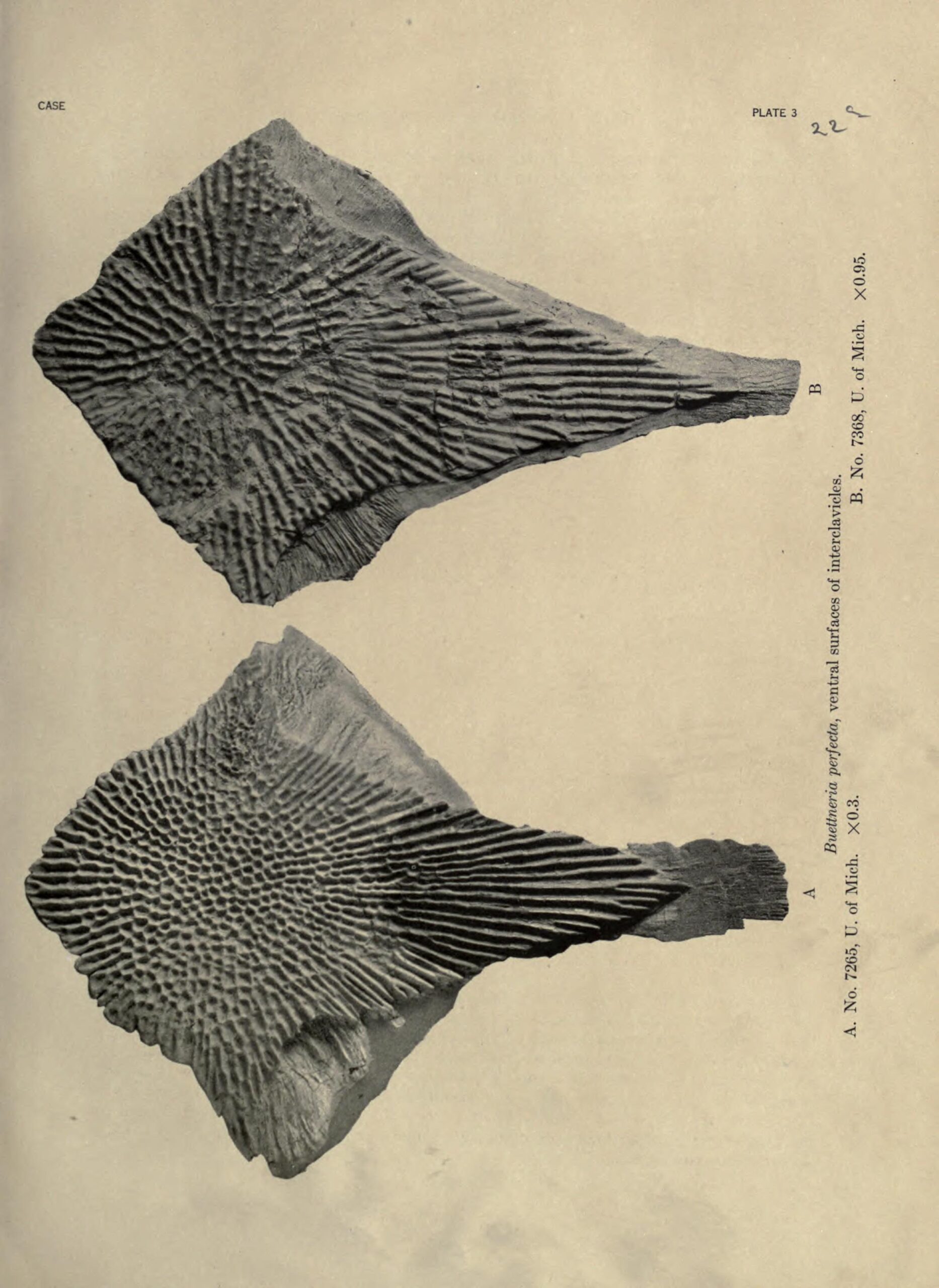
Long before T. rex ruled the Cretaceous, humble archosaurs were making their mark in the early Triassic. These “ruling reptiles” shared key characteristics that would prove crucial: improved respiratory systems, more efficient locomotion, and sophisticated social behaviors. Unlike their sprawling-limbed contemporaries, early archosaurs developed a more upright stance that offered significant advantages in both speed and endurance.
Archosaurs like Euparkeria, measuring just three feet long, displayed remarkable evolutionary innovations. Their ankle joints allowed for more efficient movement, while their skull design suggested enhanced sensory capabilities. These seemingly minor adaptations would become the foundation for dinosaur success stories millions of years later.
The Triassic Climate Advantage
The Triassic world was dramatically different from today’s Earth—and dinosaurs were perfectly suited to thrive in it. Temperatures soared well above modern levels, with no ice caps to moderate the climate. The supercontinent Pangaea created vast interior deserts, but also extensive coastal regions where early dinosaurs could flourish.
High atmospheric carbon dioxide levels created a greenhouse effect that supported lush vegetation in suitable areas. This abundance of plant life would become crucial for herbivorous dinosaurs, while the warm climate supported year-round activity levels that gave them competitive advantages over cold-blooded rivals. The lack of seasonal temperature variation meant consistent breeding cycles and continuous growth opportunities.
Revolutionary Respiratory Systems
One of the most significant factors in dinosaur success was their revolutionary breathing apparatus. Unlike mammals, dinosaurs developed a highly efficient air-sac system similar to modern birds. This innovation allowed them to extract far more oxygen from each breath, supporting higher metabolic rates and greater activity levels than their competitors.
This respiratory advantage became particularly crucial during the Triassic period’s fluctuating atmospheric conditions. When volcanic activity reduced oxygen levels, dinosaurs could maintain their energy while other animals struggled. Their superior breathing systems essentially gave them a biological turbocharger that kept them competitive in any environment.
Size Matters: The Scaling Revolution
Early dinosaurs discovered something their contemporaries missed: getting bigger wasn’t just about intimidation—it was about survival efficiency. Larger body size offered protection from predators, improved thermoregulation, and access to food sources that smaller animals couldn’t reach. Species like Plateosaurus, reaching lengths of 33 feet, demonstrated how size could become a winning strategy.
But dinosaurs didn’t just grow randomly larger. They developed sophisticated scaling solutions that maintained structural integrity and mobility. Their hollow bones, inherited from their archosaur ancestors, provided strength without excessive weight. This engineering marvel allowed them to achieve sizes previously impossible for terrestrial animals.
Social Sophistication and Pack Behavior
Recent fossil evidence reveals that many early dinosaurs were far more socially complex than previously imagined. Trackway fossils show coordinated group movements, suggesting sophisticated communication and cooperative behaviors. Some species appear to have lived in multi-generational herds, sharing resources and protection duties.
This social complexity provided crucial advantages during the challenging Triassic period. Cooperative hunting allowed smaller dinosaurs to take down larger prey, while herd behavior offered protection against predators. Group migration patterns enabled dinosaurs to follow seasonal resources across the vast Pangaean landscape, maximizing their survival opportunities.
Dietary Diversity and Adaptive Feeding
Unlike many of their contemporaries who specialized in narrow dietary niches, early dinosaurs embraced remarkable feeding diversity. Herbivorous species developed sophisticated dental batteries capable of processing tough plant materials, while carnivorous dinosaurs evolved varied hunting strategies from ambush predation to active pursuit.
This dietary flexibility proved crucial during environmental fluctuations. When volcanic activity disrupted food chains, dinosaurs could adapt their feeding behaviors more readily than specialized competitors. Some species even showed evidence of omnivorous tendencies, switching between plant and animal protein as circumstances demanded.
Reproductive Strategies That Worked
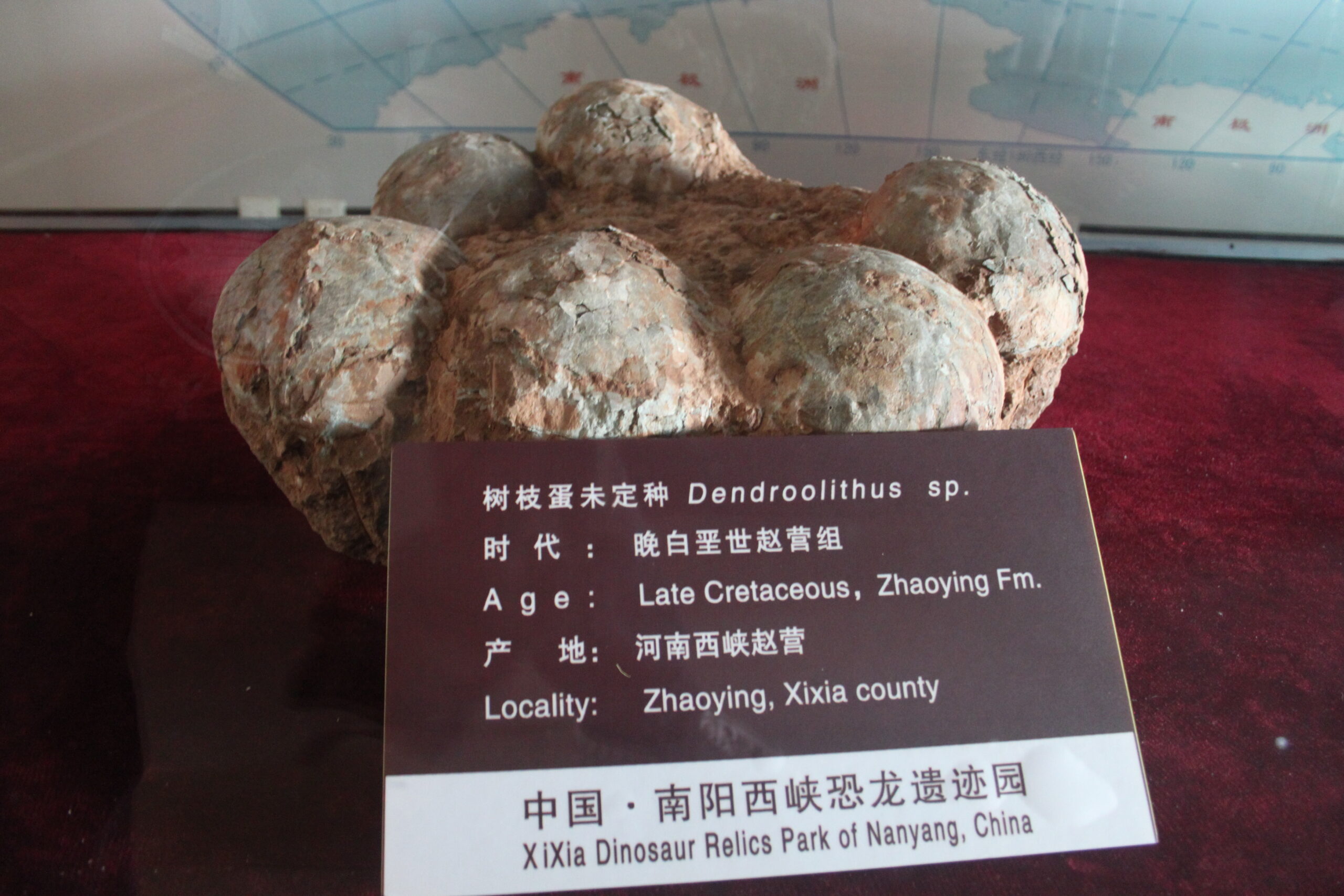
Dinosaur reproductive strategies combined the best aspects of both reptilian and avian approaches. Their hard-shelled eggs provided protection while allowing for larger offspring than live birth would permit. Many species developed elaborate nesting behaviors, with some evidence suggesting parental care that extended well beyond hatching.
The discovery of dinosaur nesting colonies reveals sophisticated breeding behaviors that maximized offspring survival rates. Communal nesting sites offered protection from predators and environmental hazards, while parental investment in egg incubation and chick care gave dinosaur young significant advantages over abandoned reptilian offspring.
Locomotion Innovations and Energy Efficiency
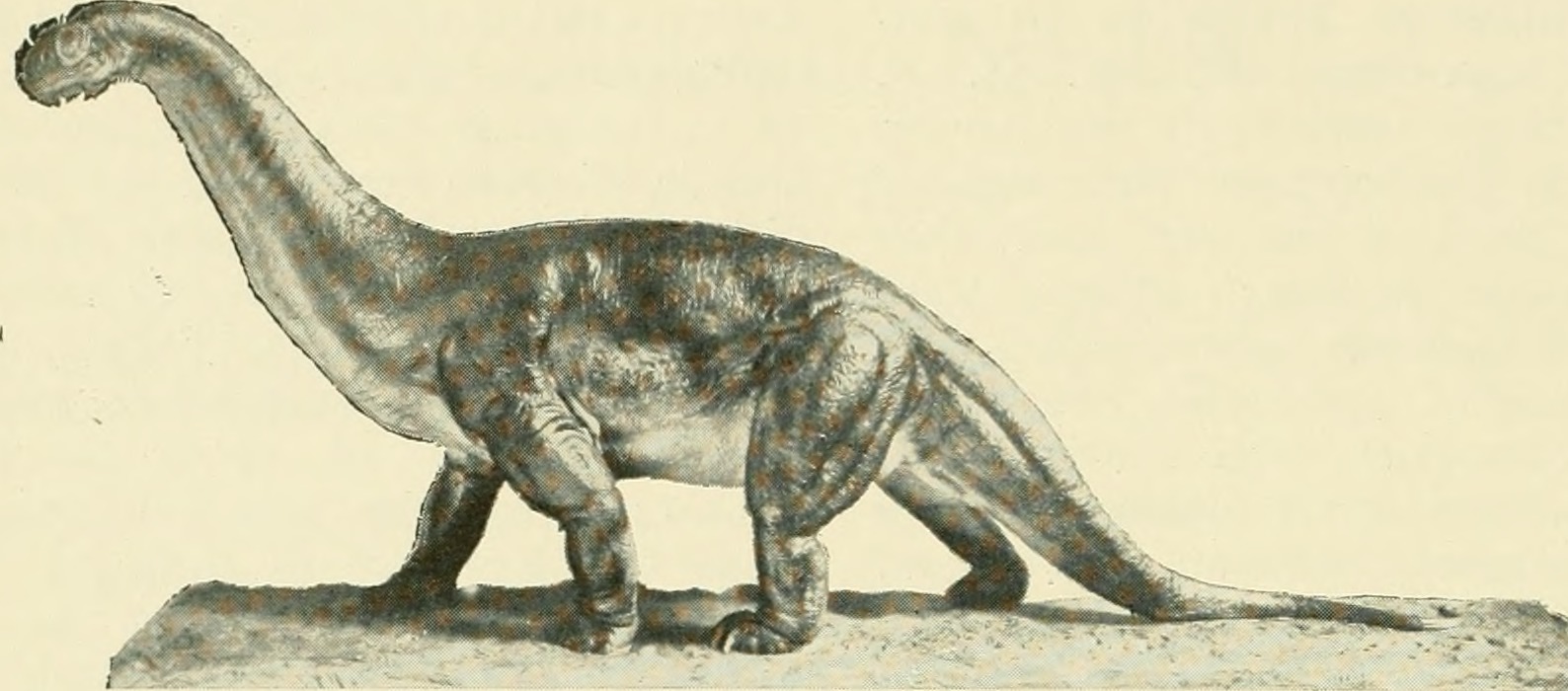
The evolution of dinosaur locomotion represents one of the most significant biomechanical advances in vertebrate history. Their fully upright stance, with legs positioned directly beneath the body, offered superior energy efficiency compared to the sprawling gait of contemporary reptiles. This innovation allowed for sustained high-speed movement and reduced energy costs during daily activities.
Different dinosaur lineages developed specialized locomotion strategies suited to their ecological niches. Long-necked sauropods optimized for energy-efficient browsing, while theropods evolved increasingly sophisticated bipedal running abilities. These locomotion innovations opened up new hunting strategies and escape mechanisms that gave dinosaurs decisive advantages over their competition.
Sensory Sophistication and Brain Power
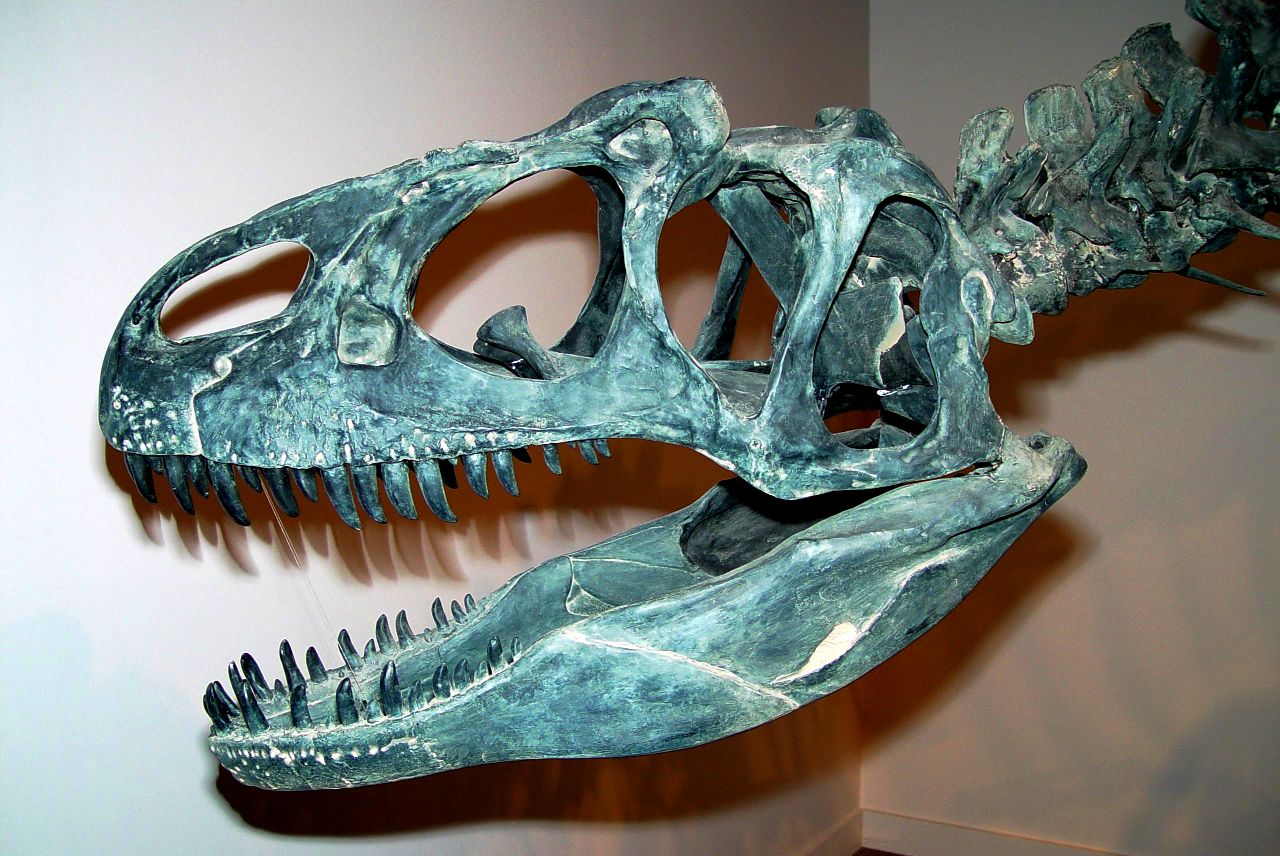
Contrary to popular misconceptions about dinosaur intelligence, many species displayed remarkably sophisticated sensory capabilities and neural processing. Advanced inner ear structures suggest excellent balance and spatial awareness, while enlarged brain regions indicate enhanced sensory processing abilities. Some theropods possessed visual acuity comparable to modern birds of prey.
These cognitive advantages translated into superior predator detection, improved navigation abilities, and more sophisticated social interactions. Dinosaurs could process environmental information more effectively than their contemporaries, making better decisions about foraging, migration, and threat response. This neurological edge proved crucial during the rapidly changing Triassic environment.
Thermoregulation and Metabolic Advantages
The question of dinosaur metabolism remains hotly debated, but evidence increasingly suggests that many species operated at metabolic levels intermediate between modern reptiles and mammals. This “mesothermic” approach offered significant advantages during the Triassic period’s temperature fluctuations, allowing dinosaurs to remain active during cooler periods while avoiding the high energy costs of full warm-bloodedness.
Some dinosaurs developed sophisticated behavioral thermoregulation strategies, using their large size and possibly primitive feathers or other integument to maintain optimal body temperatures. This metabolic flexibility allowed them to exploit environments and time periods when fully cold-blooded competitors became sluggish or inactive.
Ecosystem Engineering and Environmental Modification
Large dinosaurs became ecosystem engineers, fundamentally altering their environments in ways that created new opportunities for themselves and other species. Sauropod herds created clearings in dense vegetation, while their enormous dung deposits fertilized soils and dispersed seeds across vast distances. This environmental modification created positive feedback loops that enhanced dinosaur success.
Carnivorous dinosaurs influenced prey species distribution and behavior, creating complex predator-prey dynamics that shaped entire ecosystems. Their presence forced evolutionary innovations in defensive strategies among other animals, but also created opportunities for scavenging species and ecological niches that wouldn’t have existed otherwise.
Evolutionary Experimentation and Rapid Adaptation

The Triassic period witnessed explosive evolutionary experimentation among dinosaur lineages. Species rapidly developed new body plans, feeding strategies, and ecological roles at a pace that outstripped their competitors. This evolutionary flexibility allowed dinosaurs to quickly colonize new environments and exploit emerging opportunities.
Unlike many contemporary animal groups that became locked into narrow evolutionary paths, dinosaurs maintained remarkable developmental plasticity. This adaptability meant they could respond to environmental changes within relatively few generations, a crucial advantage during the unstable Triassic climate.
Competitive Displacement and Ecological Dominance
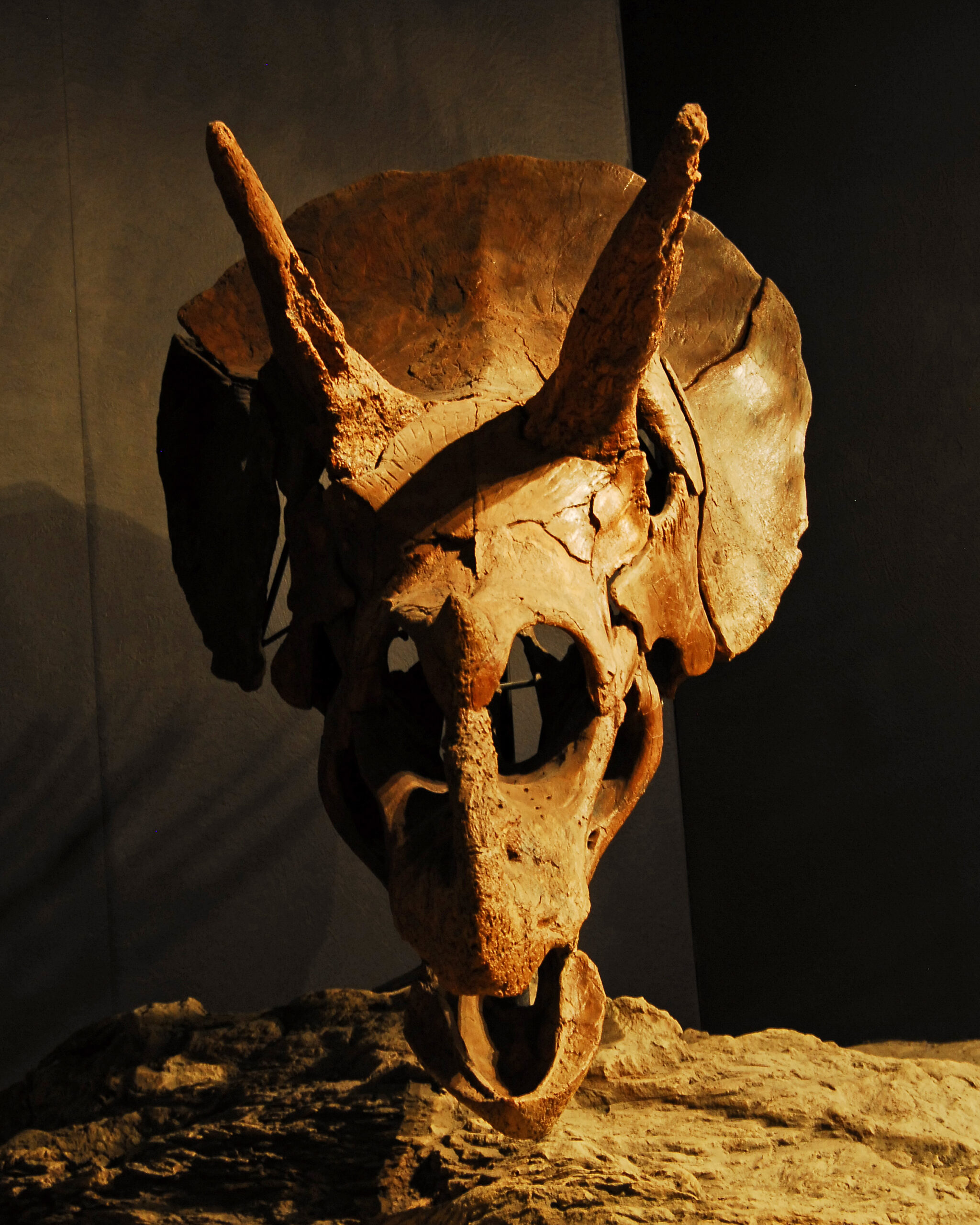
As dinosaur populations expanded and diversified, they began systematically displacing competing archosaur groups through superior efficiency rather than direct aggression. Dinosaurs didn’t necessarily fight their way to dominance—they simply outcompeted other species for resources, breeding sites, and territory through their accumulated advantages.
This competitive displacement created cascading effects throughout Triassic ecosystems. As dinosaurs occupied key ecological niches, they prevented other groups from establishing themselves, gradually reshaping entire food webs around dinosaur-centric relationships. By the end of the Triassic, dinosaurs had become the dominant terrestrial vertebrates through sheer evolutionary superiority.
Legacy of Triassic Success
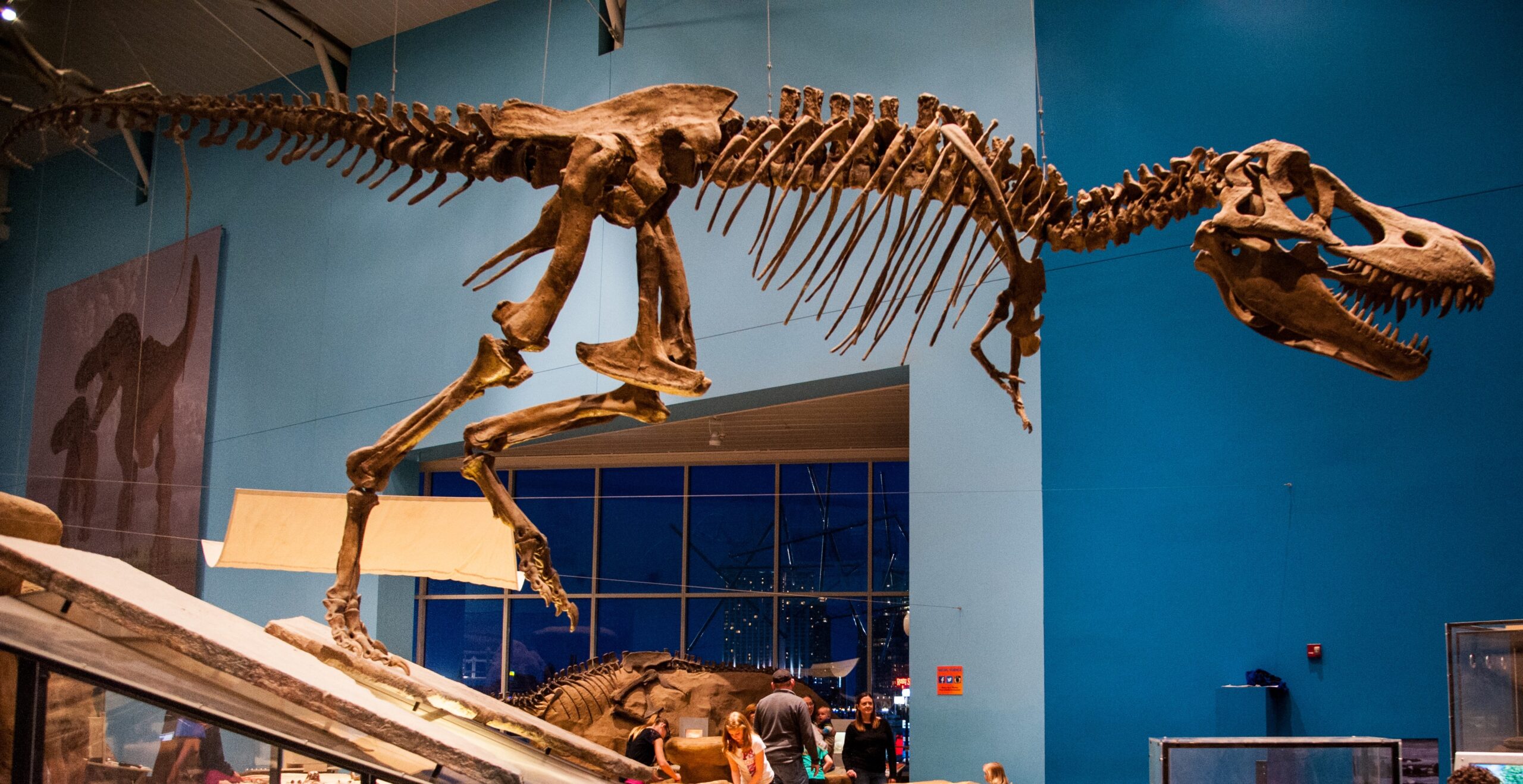
The innovations and adaptations that enabled dinosaur success during the Triassic period established patterns that would dominate terrestrial ecosystems for the next 165 million years. Every major dinosaur group that flourished during the Jurassic and Cretaceous periods traced their lineage back to Triassic pioneers who developed the fundamental strategies for dinosaur dominance.
The Triassic triumph wasn’t just about surviving extinction—it was about seizing opportunity when it presented itself. Dinosaurs succeeded because they combined innovative biology with adaptive flexibility, creating a winning formula that would carry them through multiple environmental challenges and evolutionary pressures. Their Triassic success story demonstrates that sometimes the greatest victories come not from starting strong, but from making the most of unexpected opportunities.
What other evolutionary underdogs might be quietly preparing for their own triumph in Earth’s ever-changing theater of life?



